Best Time for Tuckpointing Repairs

Spring offers moderate temperatures and low humidity, ideal for tuckpointing work.
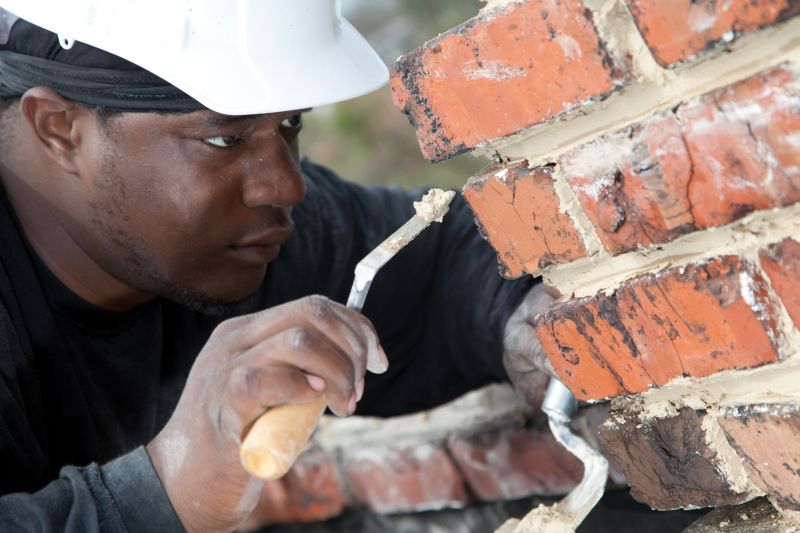
Early summer can be suitable, provided temperatures are not excessively high or humidity is manageable.
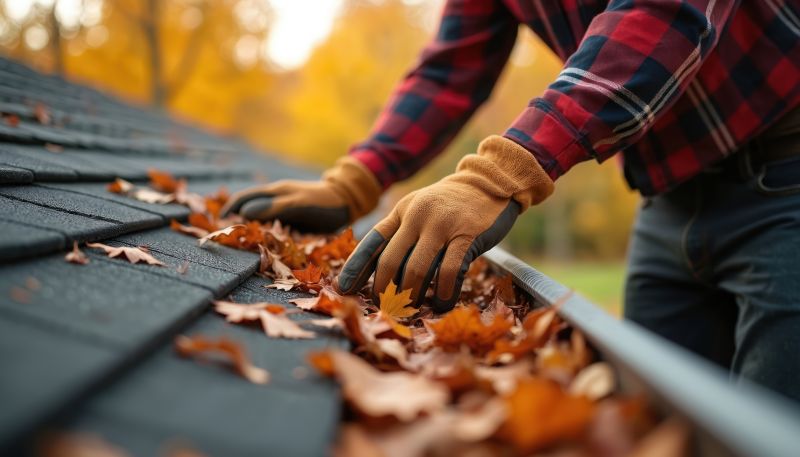
Fall provides cooler temperatures and less precipitation, making it a favorable time for repairs.

Ways to make Tuckpointing Repairs work in tight or awkward layouts.
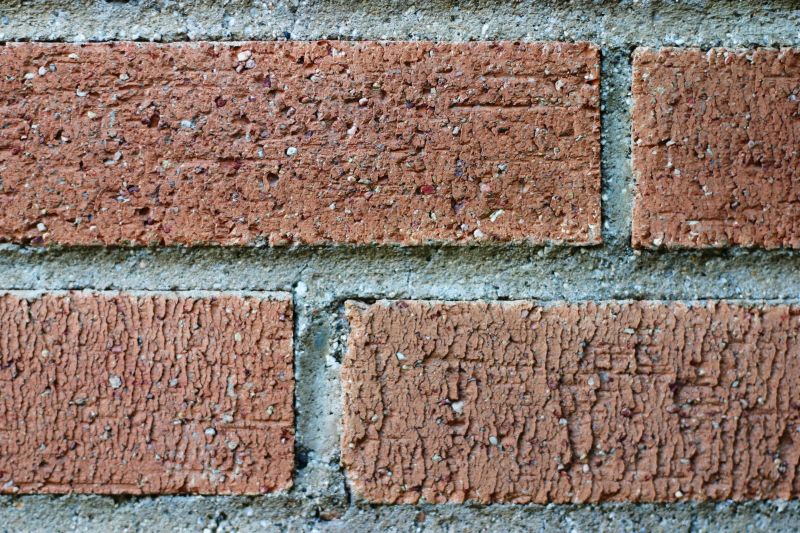
Popular materials for Tuckpointing Repairs and why they hold up over time.
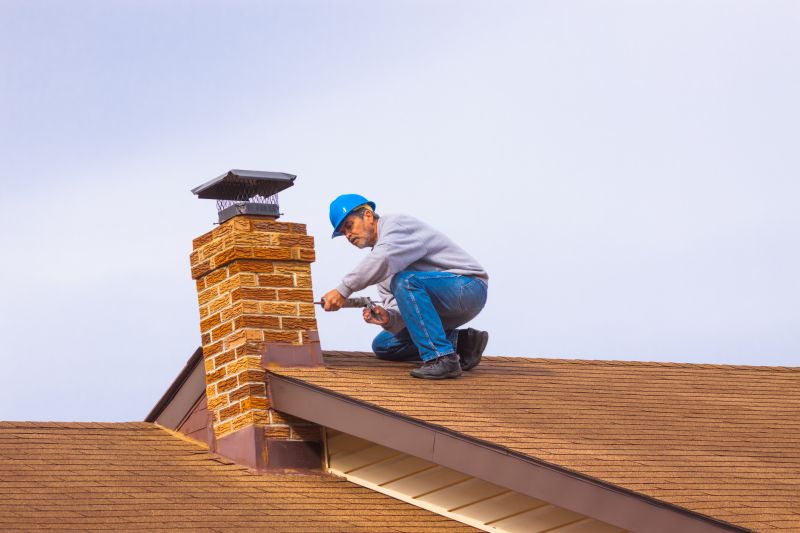
Simple add-ons that improve Tuckpointing Repairs without blowing the budget.
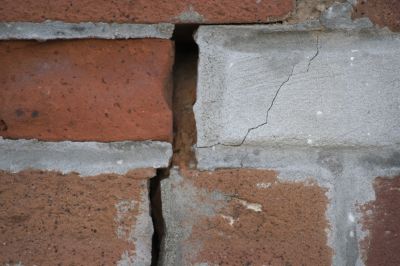
High-end options that actually feel worth it for Tuckpointing Repairs.
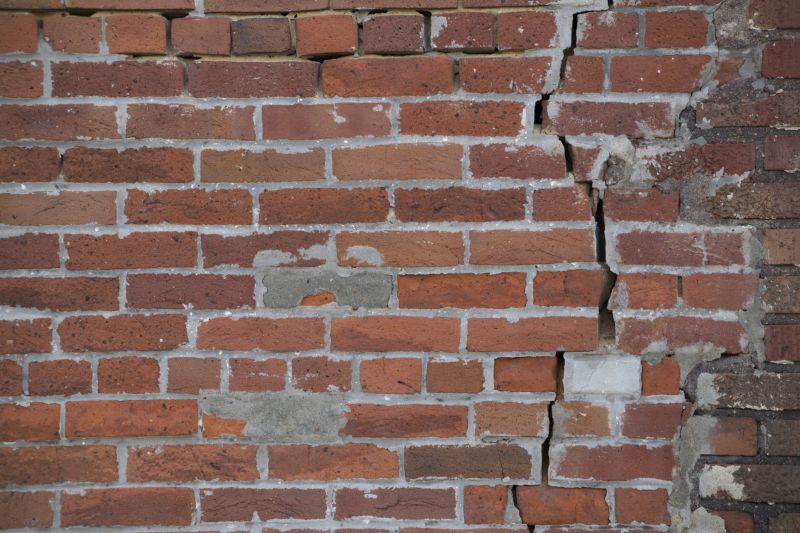
Finishes and colors that play nicely with Tuckpointing Repairs.
Tuckpointing repairs are most effectively performed during periods of mild weather. Extreme temperatures can affect the curing process of mortar, leading to potential issues with adhesion and longevity. Consistent moisture levels are also important; excessive rain or high humidity can hinder proper mortar setting and increase the risk of cracking or deterioration.
Statistically, over 60% of tuckpointing projects are scheduled during spring and fall, when weather conditions are most predictable. Proper timing ensures the durability of repairs, reducing the likelihood of needing early rework and extending the lifespan of the masonry structure.
Ideal temperatures for tuckpointing are between 40°F and 85°F, with low humidity.
High heat, freezing temperatures, and heavy rain can compromise mortar curing and adhesion.
Late spring and early fall are preferred for their stable weather conditions.
Scheduling during dry periods helps ensure the mortar sets properly and adheres well.
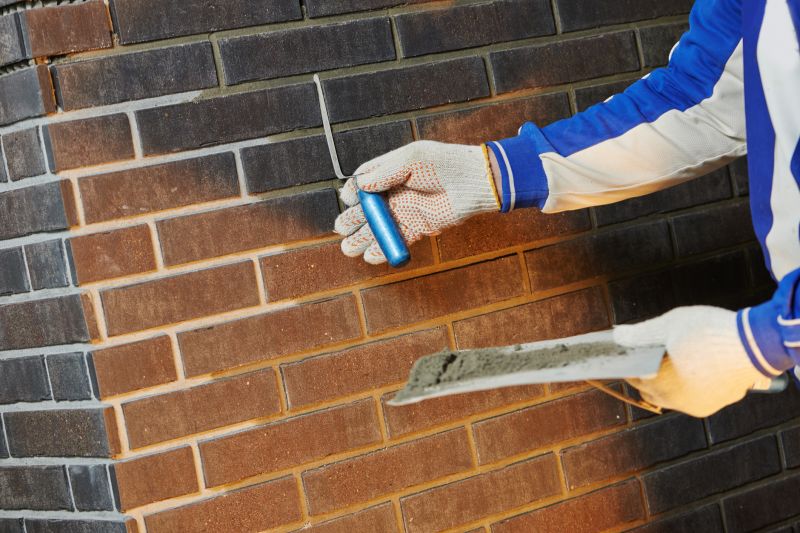
Spring's moderate temperatures support optimal mortar curing conditions.

Early summer can be suitable if temperatures are controlled and humidity is low.
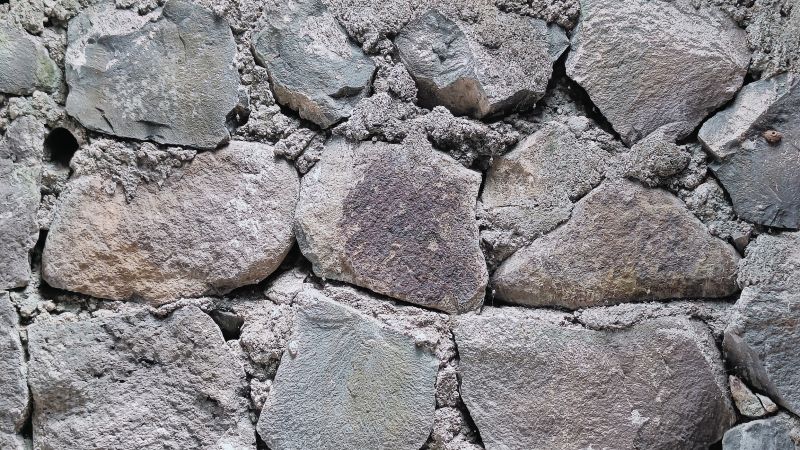
Fall provides cooler, stable weather ideal for repairs.
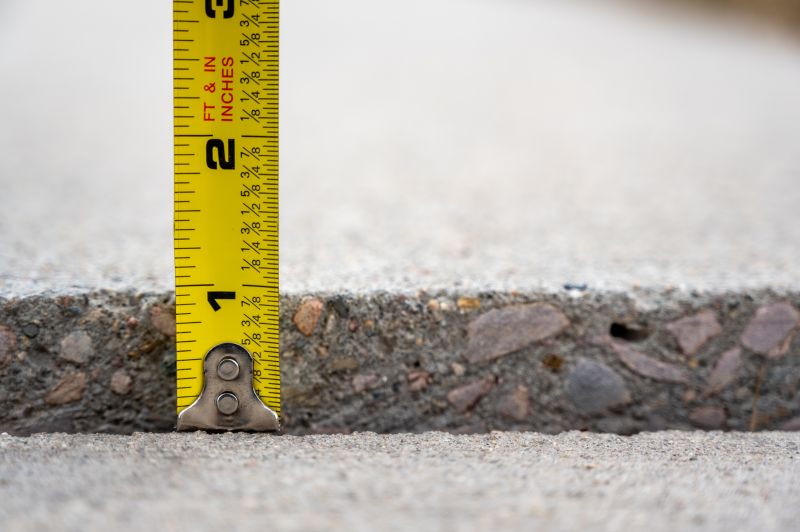
Little measurements that prevent headaches on Tuckpointing Repairs day.
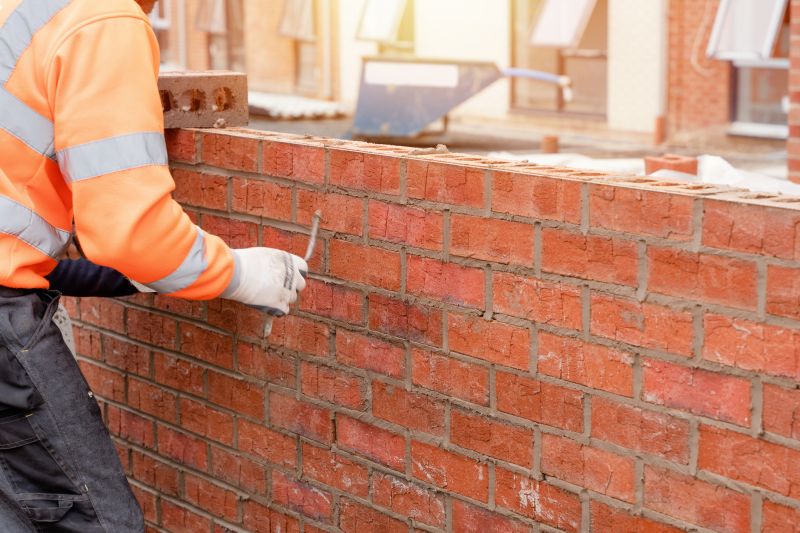
A 60-second routine that keeps Tuckpointing Repairs looking new.

A frequent mistake in Tuckpointing Repairs and how to dodge it.
| Season | Weather Conditions |
|---|---|
| Spring | Moderate temperatures, low humidity, minimal rain |
| Summer | Warm temperatures, risk of high heat and humidity |
| Fall | Cool temperatures, low humidity, dry conditions |
| Winter | Freezing temperatures, snow, and moisture risks |
Timing tuckpointing repairs during favorable weather conditions enhances the quality and longevity of the work. Proper scheduling can prevent issues related to mortar cracking, improper curing, and moisture infiltration. Consulting with a masonry professional can help determine the best window for repairs based on local climate patterns.

Dry conditions support mortar adhesion and curing.
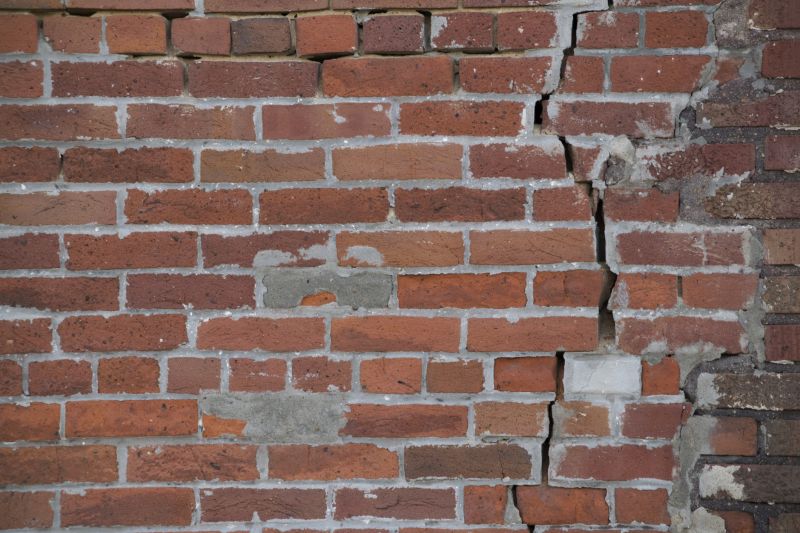
Cold temperatures can hinder mortar setting and cause cracking.
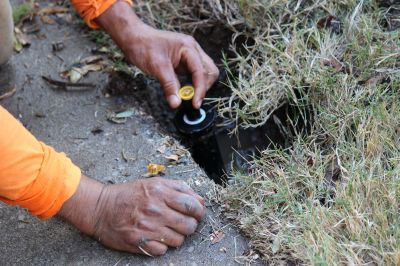
Spring is ideal for scheduling repairs before hot weather arrives.
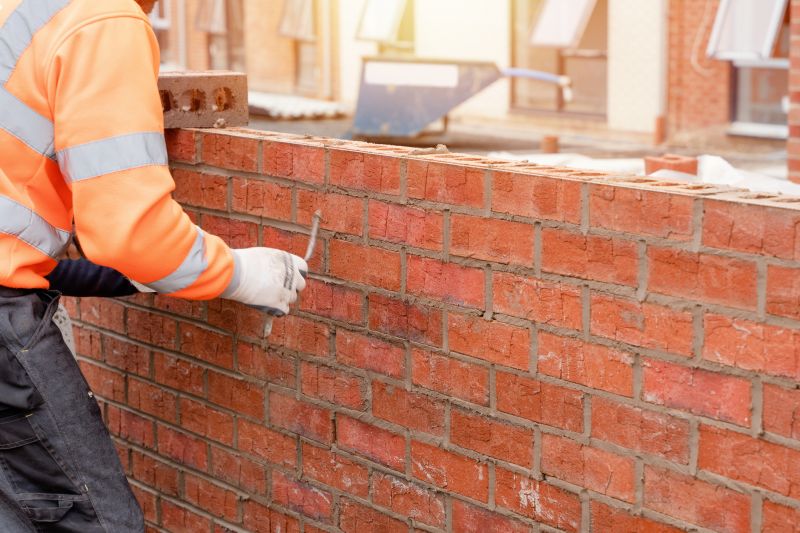
Fall allows for repairs before winter weather sets in.

Small tweaks to make Tuckpointing Repairs safer and easier to use.

Lower-waste or water-saving choices for Tuckpointing Repairs.
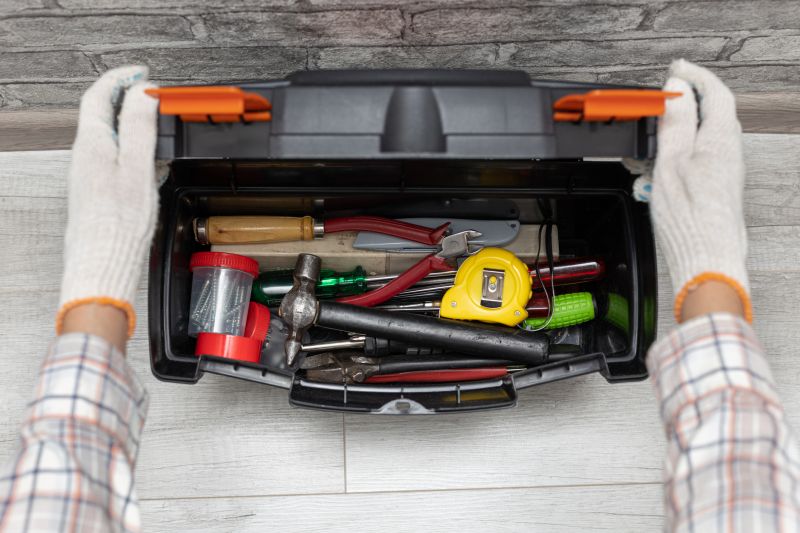
The short, realistic tool list for quality Tuckpointing Repairs.
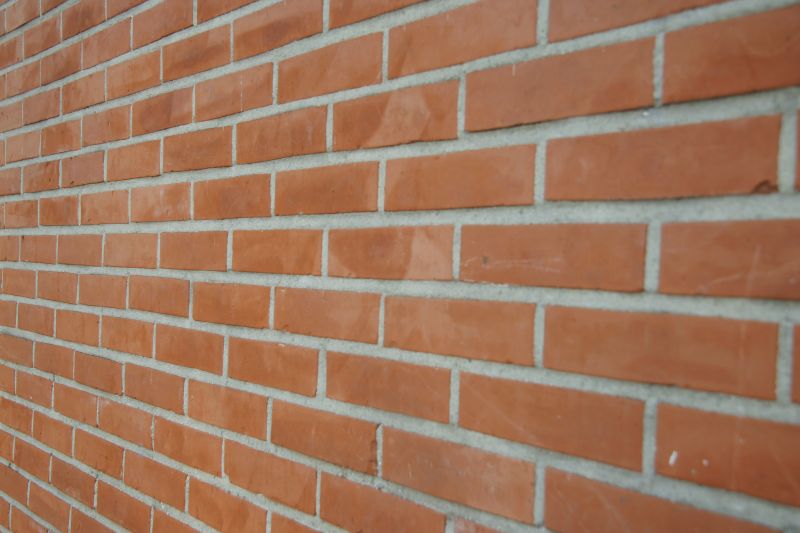
Rough timing from prep to clean-up for Tuckpointing Repairs.
Interested in scheduling tuckpointing repairs? Filling out the contact form can provide more information and help determine the optimal timing for specific project needs.



